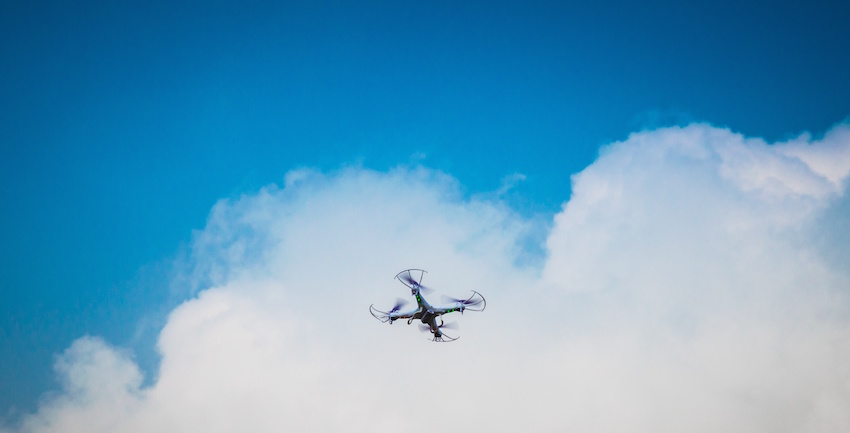
Reduce Pipeline Inspection Time & Effort
Natural gas pipeline surveys must be completed quickly and cover miles of ground. They also need to be accurate and convey enormous amounts of data. Drones are ideal for this task. They are energy-efficient and time-saving in comparison to manned inspections that utilize a helicopter. Drone surveys are also less prone to error. In some cases, they can be less invasive than traditional inspections involving examinations and tests. Drones with attached or built-in cameras have the potential to zoom in on corroded or damaged areas. This gives engineers video or photographic evidence to make repairs.
Minimize Methane Release
One of the greatest dangers of the natural gas industry is the potential for methane to escape from a trapped space. A leak can come from a drill hole, pipe flange, compressor or broken or outdated equipment. Methane is extremely potent. It can trap up to 30 times more heat than carbon dioxide. In an unpopulated area, a methane leak can increase the amount of smog, contribute to the destruction of the ozone layer and have a negative effect on climate change. In a populated area, a methane leak can have the same effects and cause residents to suffer headaches, sore throats, nosebleeds and nausea.
A drone has the capability to search for methane leaks at specific sites or over hundreds of miles of territory. The devices it utilizes to accomplish this task may include an attached or built-in camera, a methane sensor, or the technique of cavity ring-down spectroscopy (CRDS). This last option utilizes a laser and two reflective mirrors. The instruments attached to the drones can be programmed to convey data in real time to the cloud. With data available quickly, companies can act immediately to mitigate damage or make repairs.
Keep Plants Open During Inspections
Inspecting plants can cost a great deal, especially if the plants must be closed for internal reviews. Drones allow plants to remain operating during inspections. They also reduce the danger, cost and time for such surveys.
In Norway, drones are employed to inspect flare stacks. This eliminates the need for workers to rappel up towers. Drones also can obtain images of the equipment while it is running, showing trouble spots to address.
In Pennsylvania, drones are used to look at a plant’s heat recovery generator and cooler’s expansion joints. The gigantic building that houses this equipment expands and contracts quickly. The camera on the drone is powerful enough to pick up the individual threads of each bolt in the five joints from 15 feet away. It also shoots high-quality video. Although a camera on the drone can be endangered if a gust of wind blows, no lives are at risk. This could mean a drastic decrease in insurance premiums.
Federal regulations regarding drones are still relatively strict. Yet in the past two years, the natural gas industry has made huge strides in adopting drones for a number of tasks. This single device, coupled with innovations in cameras and the cloud, promises enormous potential in saving human lives and reducing corporate costs.